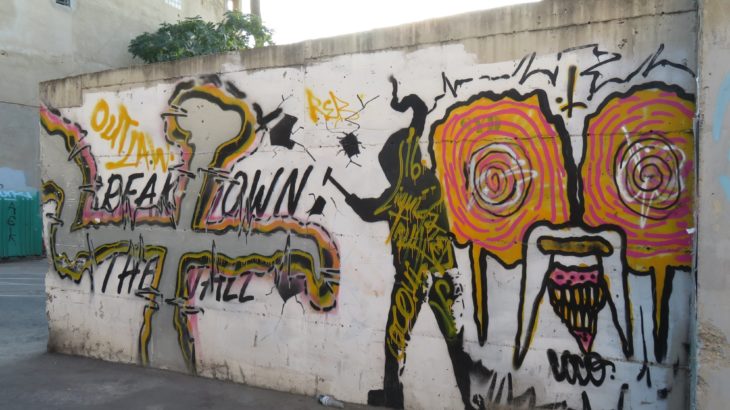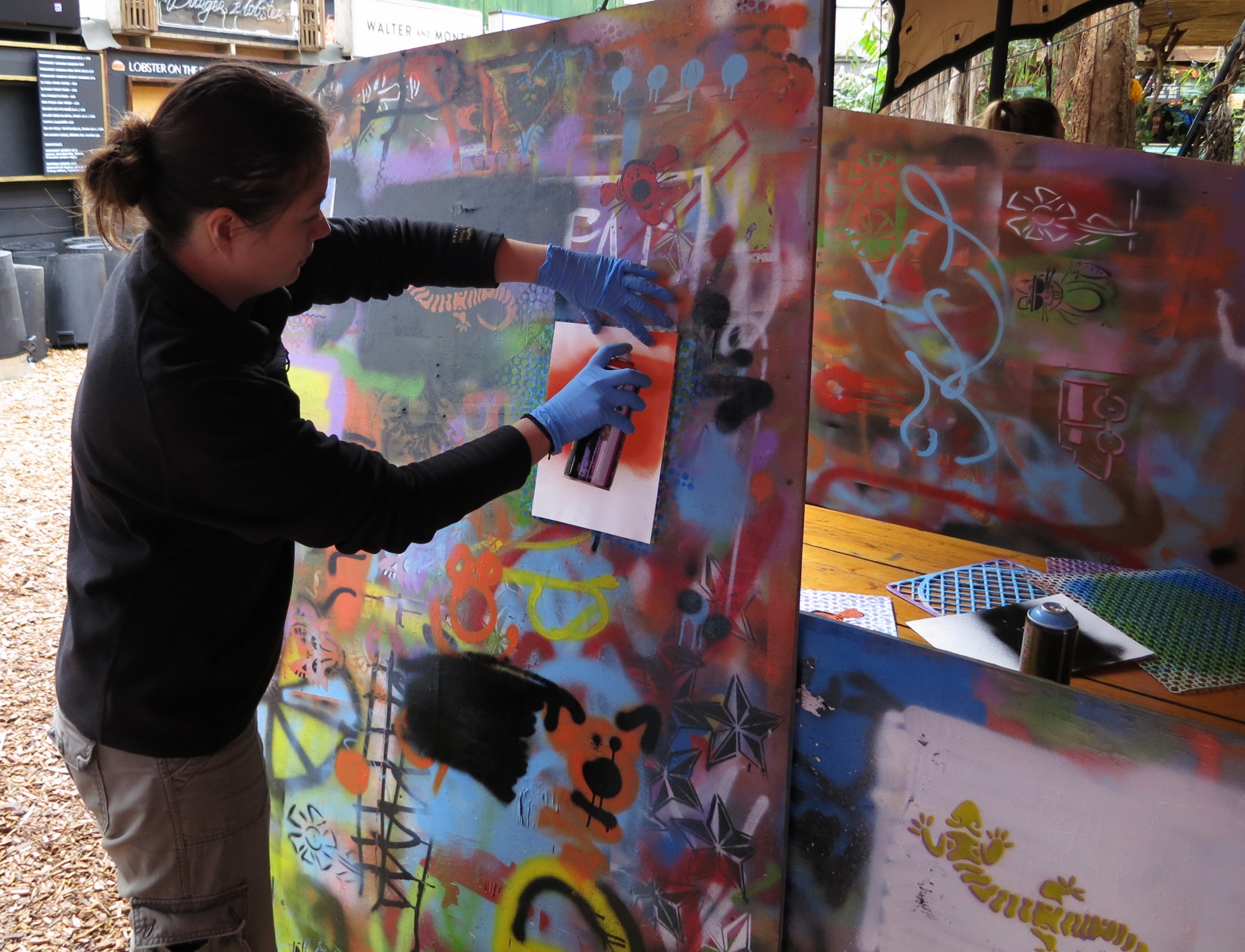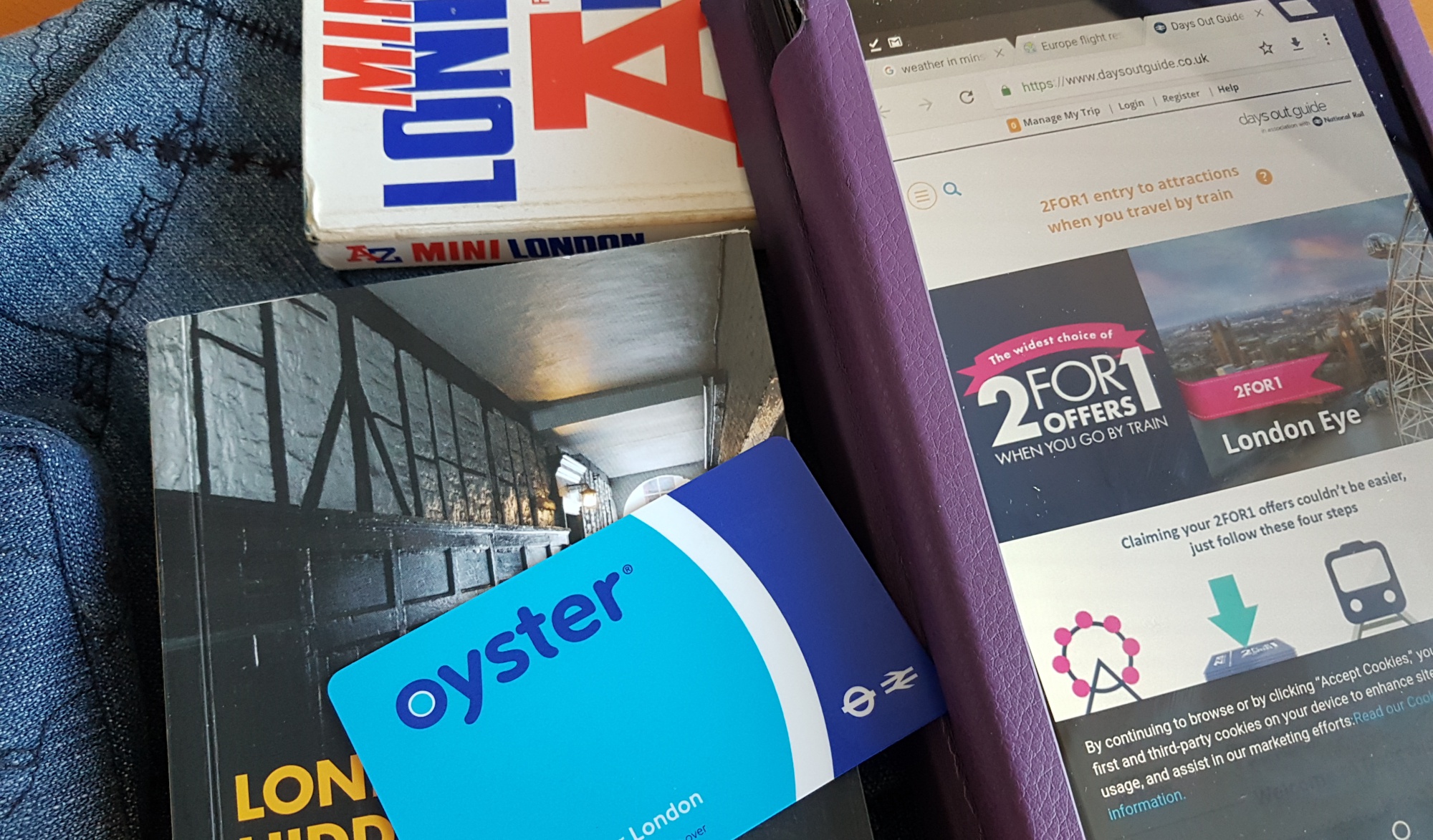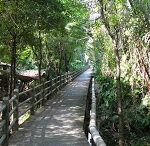During a visit to Cyprus last year, I attempted to satisfy my curiosity regarding this divided island. As I explored the history behind what is referred to as the ‘Green Line’, I couldn’t help wonder why this divide had remained for more than 40 years.
There seems to be similar questioning amongst the residents, on both sides of the line. There are explanations, of course, but it’s not a subject that is easy to clarify.
What I learnt during my visit, certainly made the trip more interesting. After all, Cyprus is better known for its beaches. So for someone who prefers to get under the surface of a destination, I was in my element, exploring the Green Line in Cyprus.
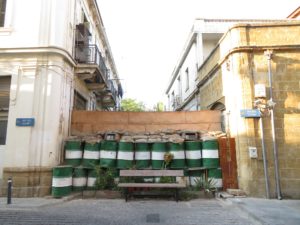
Barricades are everywhere…
Crossing the Green Line in Cyprus
On the surface, the freedom of movement between the Republic of North Cyprus (Turkish) and Republic of Cyprus (Greek) sides of the island, seems straightforward. People come and go 24 hours a day; at most of the crossing points, without question.
We crossed at both Strovilia (most eastern access point, to Famagusta/Gazimağusa) and Ledra Street in Nicosia, in a vehicle and then on foot. The formalities of immigration were both well organised. We didn’t even need to get out of the vehicle or do any more than show our passports.
At Ledra Street we spotted a couple of naive tourists being stopped for attempting to bring back counterfeit goods. However, generally people passed through quickly, without question.
Local life
The Turkish and Greek Cypriots seem to live amicably on either side of the line, despite many being expelled from the North and their homes back in 1974. Both Turkish and Greek Cypriots have had to move away from their original homes, and across the border.
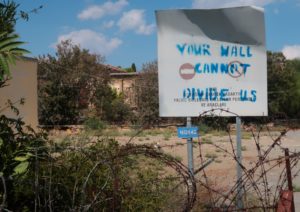
I lost count of the number of times someone made a comment about being a refugee in their own country. One person we met seemed close to tears when taking about the subject. Clearly the impact goes deeper than what appears on the surface.
No man’s land
The land that is fenced off, within the UN buffer zone, seems such a waste. Inhabited by the UN peacekeeping force, access is strictly prohibited.
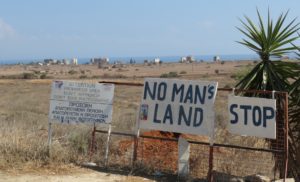
Originally marked out in 1974, this was supposed to be a temporary measure to restore peace after a decade of fighting.
More than 40 years on and large areas include abandoned buildings, just left derelict. Barriers and barricades which restrict access are scattered along the line on both sides. Worst of all, the people that once lived here were evicted without notice and are now unable to return to their homes.
What can you see?
There are numerous ways to explore the Green Line in Cyprus. With a local guide is certainly worthwhile, as this is where the stories are told.
The Nicosia tourist information office offers free tours on a Thursday which include some time walking along a part of the line.
You can also wander independently, which we did on both sides, mostly through deserted streets with barricaded dead ends and scattered street art/graffiti.
In the Eastern part of the island we took a tour with Mr John. This was actually something quite different.
A Greek Cypriot, having lived in the North prior to the split, he takes you as close as possible to the buffer zone. From a number of viewpoints on both sides of the line he shares personal stories of his lost home. Having clearly told the story regularly, it’s well versed. But, he slows down when describing the trauma, not like a guide would, but as if reliving it all over again.
Before crossing the border into the North, Mr Ahmed, joins the group. Providing an alternative yet similar view from the life of a Turkish Cypriot. The two guys continue to share their stories in unison with plenty of banter. But at the end of the tour when they return to their homes in this divided country, I can only wonder about how different their lives would have been without the line.
It really is an interesting way to learn about what occurred here.
Famagusta
If you get a chance to visit Cyprus, do cross over at the border. Do also head to Famagusta and the beach that looks over the ghost town of Varosha. View the remaining shells of hotels that once thrived with activity. It’s quite a sight. A melancholy experience but one that really is unique and might not be possible forever.
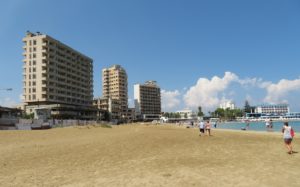
Only this short stretch of beach is accessible… surrounded by shells of hotels
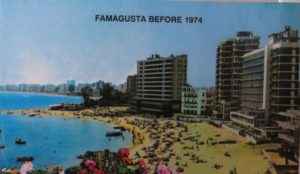
Perhaps you will draw your own conclusions about the divide remaining here. There’s always two sides to every story. It still doesn’t totally make sense to me.
I would highly recommend Cyprus as a destination, of course for those that enjoy the sunshine and beaches, but also if you want to experience Cyprus beyond the beaches, there is plenty to see and do.
